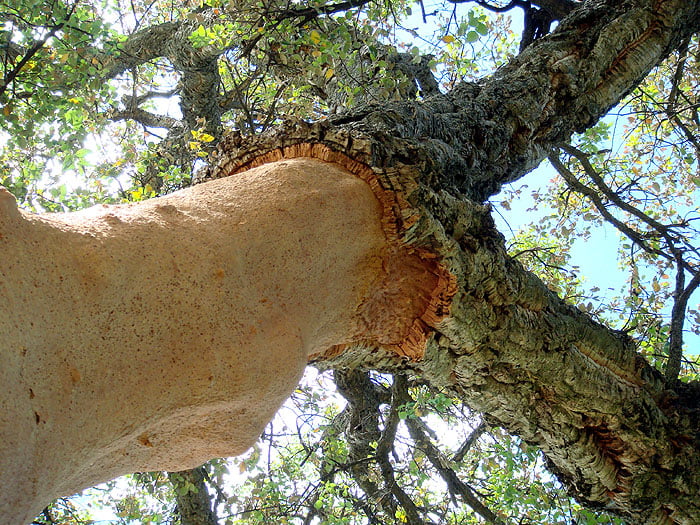The Mediterranean species of orchids (Orchids in Spain) are all terrestrial (unlike the flamboyant tropical species that grow in tree hollows termed epiphytic.)
They are under constant scrutiny by biologists and it seems are constantly being renamed and re categorized.
Orchids have the smallest seeds of the flowering plant world, like dust and produced in great numbers, they differ from normal seeds in that they contain no food store or endosperm. Therefore the seed is more vulnerable to the conditions into which it falls and can suffer a high mortality rate. This happens because the seed must create a symbiotic relationship with mycorrhizae, soil born fungi, in order to germinate. It is only with the assistance of this fungus that the seed can then build up nutrients to develop a root and create green leaves. It can take over 10 years for this relationship to develop from germination to allow enough strength for the orchid to produce a flower.
This symbiotic relationship could explain why there can be an orchid flowering one year which is not seen again for several more years. During its green leafy phase the orchid may feed itself and supply starches to the fungi. After flowering, when the root is depleted and the leaves shrivelled it is reliant on the fungi to replenish any nutrients needed to produce leaves for another season.
Orchids in Spain are pollinated by insects and many of the Ophrys species flowers have developed to attract a specific insect even replicating the shape and pheromones of a female to lure a male. Meanwhile the Orchis species look invitingly like nectar rich types of flowers but do not offer any food rewards to their pollinators.
If you are visiting Andalucia looking for orchids then here are the Natural Parks you should head for
Here are some of the more easily identifiable orchid species in Spain. Common English name (scientific name) Spanish common name. (if you spot an error let me know!) 🙂
Man Orchid (Orchis anthropophora) Hombrecillos ahorcados – Orquídea hombre

Height: 10-40cm
Colour: Green, Red, Yellow
Flowering: April to June
Soil type: Limestone
Portuguese: Erva-do-homem-enforcado
Catalan: Flor de l’home penjat
I’ve been living in this lovely area of Western Andalucia for the last 20 years or so and dedicate most of my time to the running of English language tourist information websites for the towns of Cádiz, Ronda, Grazalema, the famous or infamous Caminito del Rey, and also Wildside Holidays, which promotes sustainable and eco-friendly businesses running wildlife and walking holidays in Spain. My articles contain affiliate links that will help you reserve a hotel, bus, train or activity in the area. You don’t pay more, but by using them you do support this website. Thankyou!



